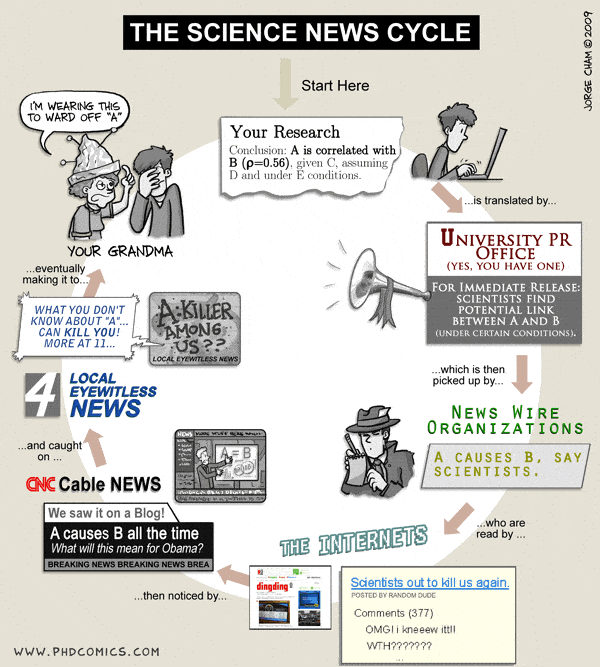Is it Worth Starting Now?
Surely, you will say, it would have been wonderful if back in 1959 people had taken Feynman seriously and really tried the Feynman path: we’d have the full-fledged paraphernalia of real, live molecular machinery now, with everything ranging from nanofactories to cell-repair machines.
After all, it’s been 50 years. The 10 factor-of-4 scale reductions to make up the factor-of-a-million scale reduction from a meter-scale system with centimeter parts to a micron-scale system with 10-nanometer parts, could have been done at a leisurely 5 years per step — plenty of time to improve tolerances, do experiments, invent new techniques.
But now it’s too late. We have major investment and experimentation and development in nanotech of the bottom-up form. We have Drexler’s PNAS paper telling us that the way to molecular manufacturing is by protein design. We have a wide variety of new techniques with scanning probes to read and modify surfaces at the atomic level. We have DNA origami producing arbitrary patterns and even some 3-D shapes.
Surely by the time a Feynman Path, started now, could get to molecular scale, the existing efforts, including the pathways described in the Roadmap for Productive Nanosystems, would have succeeded, leaving us with a relatively useless millimeter-sized system with 10-micron sized parts?
No — as the old serials would put it, a thousand times no.
- To begin with, a millimeter-sized system with 10-micron sized parts is far from useless. Imagine current-day MEMS but with the catalog and capabilities of a full machine shop, bearings that worked, sliders, powerful motors, robot arms and hands. The medical applications alone would be staggering.
- High-precision machining has not stood still since the 50s. In fact, the starting point today might well be millimeter-sized system with 10-micron sized parts. Existing nano-positioning stages have 50 picometer resolution; existing microgrippers can manipulate parts down to 1 micron; electron-beam lithography can cut with precision in the 10-nanometer range.
- The bottom-up folks are not nearly as close to real nanotech as the impression the nano-hype news gives. When a researcher announces a nano-transistor, it means he poked at nanotubes with an STM for 5 months and got 17 usable structures, of which 3 worked reliably. Richard Jones’ blog post is quite to the point here. It’s like this classic PhD Comic, but with your grandmother investing her life savings in some nanotech startup instead of wearing a tinfoil hat:

- Top-down and bottom-up can meet in the middle. When nanoscientists succeed in making an atomically precise nanogear, for example, it means that when the Feynman Path machines get to that scale, they can take the gear off the shelf instead of having to fabricate it the hard way. In fact it seems likely that the bottom-up approaches will likely be the way parts are made and the top-down the way they’re put together.
I’ll stick my neck out and say at a wild guess that if only bottom-up approaches are pursued, we have 20 years to wait for real nanotech; but if the Feynman Path is actively pursued as well, it could be cut to 10.